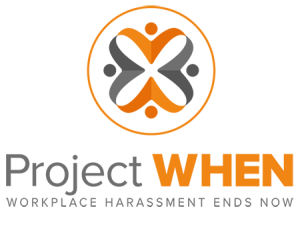Diane Stegmeier Featured at EMS Live!
Stegmeier Consulting Group Founder and CEO, Diane Stegmeier, was invited this past Fall to speak at EMS Live 2015!
Diane presented the seminar “Ignoring Shared Workspace Environments: The Fast Track to 2nd Place” on October 27th at 2:45pm.
Prior to the event, Diane posted the following blog as a preview to her presentation:
No term provokes more debate today than “open office.”

Many open, collaborative plans being developed today employ activity based design principles. The result is a variety of workspace settings from which employees may select the most appropriate type of space for the tasks to be conducted.
Despite the compelling financial benefits of shared workspace environments and flexible work initiatives, some organizations still hesitate in exploring such a dramatic change. Why? Stegmeier Consulting Group has observed that, more often than not, the fear of workforce resistance and a lack of understanding of how to manage the change are the primary reasons for organizations to ignore the opportunity for potential financial gain.
One thing is certain—resistance to change. I guarantee you’d face resistance from at least some members of your workforce population, regardless of how minor the workplace change being considered. Employees’ typical perceptions of how an open work environment will look, feel, and sound are often exaggerated. Their biggest concerns about working in the open plan (which is definitely not a minor change) are distraction and a lack of privacy, yet they frequently fail to accept ownership of seeking out a suitable space for focus work. We’re used to calling one single space our own, and our expectation is that the one worksetting can accommodate us to perform every imaginable work task that surfaces throughout the day.
Planning an effective open office environment must not end with deciding upon the appropriate acoustical solution, addressing specific lighting requirements, selecting easy-to-configure furniture, and a system for reserving space. Certainly, training employees how to reserve various worksettings is necessary to ensure a maximum return on investment in the technology. Don’t ignore the opportunity to educate them on operating in an activity-based workplace environment and articulate that the organization is encouraging them to move around the space throughout the typical workday to seek the setting most appropriate for the task at hand.
Cultural change can be difficult for all levels of your workforce and especially challenging for managers. Remember that all eyes are on leadership during workplace change. Managers need to be reminded that they are not exempt from the behavioral changes expected of the balance of the workforce. Workplace change can actually create the perfect timing for your company to identify areas for cultural improvement, and new work styles can accelerate cultural shifts.
I’m looking forward to speaking at the upcoming EMS Live! 2015 event in Orlando to share findings from more than 19 years of research on resistance to workplace change. I plan on sharing lessons learned revealed in diverse client engagements, and hope to hear what your biggest challenges are.
-Diane
https://stegmeierconsulting.com/contact/
Changing the way organizations manage workplace change





